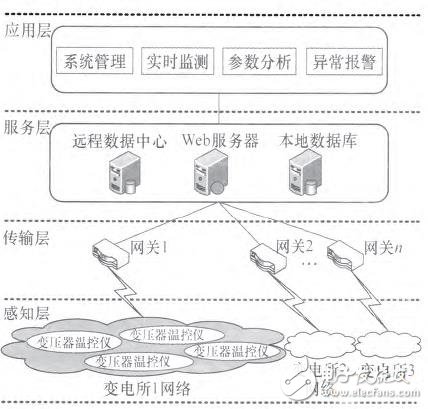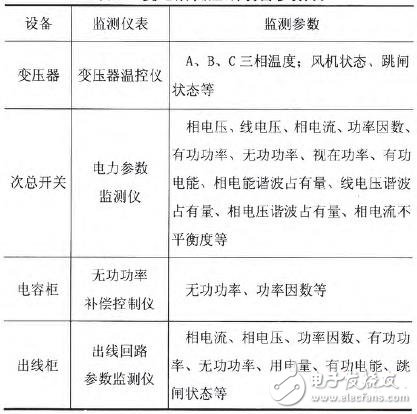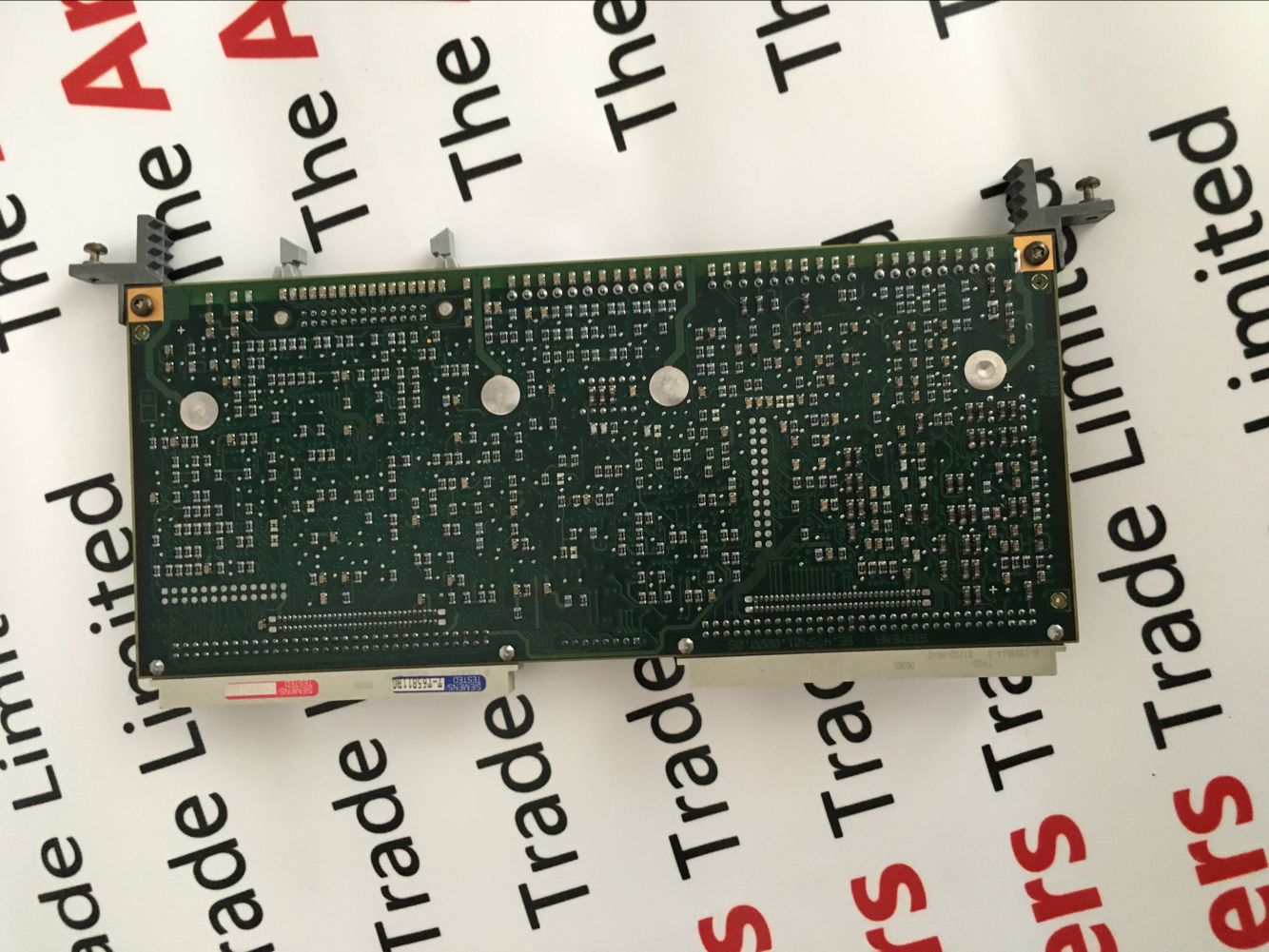The 10kV substation low-voltage power distribution system is located at the end of the power system. It is the final user-oriented power distribution network, which is directly connected to the user equipment to supply and distribute power for the user equipment. Its operation is closely related to the production and life in the area. For a long time, due to the power industry's emphasis on power generation, ignoring power distribution, and regardless of power consumption, the intelligentization of low-voltage distribution networks and the development of information technology have been slow. The method of manual meter reading has a large workload, and it is not timely to reflect the emergency situation. It can not meet the requirements of modern supervision. It adopts the on-site monitoring method of the two-layer structure of the field equipment layer and process monitoring layer, although the data transmission has certain real-time performance. The data throughput is large, but generally it can only achieve the function of local supervision. It is impossible to obtain real-time monitoring information when leaving the site. Although the data acquisition and monitoring (SCADA) system described in the literature is relatively mature, such systems are compared. Large, large-scale investment, complex construction, mainly used in large-scale power dispatch automation, but not suitable for small substation power distribution system; the GPRS method described in the literature, although reducing system wiring, but this The wireless method is charged, and there is a problem that the amount of transmitted data is small and the data transmission is easily lost.
As a new type of technology system, IoT technology has been applied in many fields since its introduction. Based on the characteristics of Internet of Things technology, this paper proposes a design scheme of substation parameter monitoring system based on IoT four-layer architecture for 10kV substation low-voltage power distribution system, and the underlying information sensing equipment network and Internet through the gateway. Together, they form a huge intelligent network to achieve communication and dialogue between people and things. This paper introduces the functional structure of each layer hierarchically, designs the system function module, adopts the Server Push mode without plug-in on the real-time alarm module to ensure the real-time alarm, and realizes the remote monitoring and management of the substation.
1. Overall system design
According to the four-layer architecture of the Internet of Things, the system consists of the sensing layer, the transport layer, the service layer, and the application layer from bottom to top, and its structure is shown in Figure 1.

The sensing layer mainly obtains the parameter information of the low voltage end of the substation. The low-voltage end equipment of the 10kV substation mainly includes transformers, sub-switches, capacitor cabinets, outlet cabinets, etc., and different monitoring instruments are installed respectively. The main monitoring parameters are shown in Table 1. These meters provide a unified RS485 interface and are connected to the upper gateway via the Modbus bus. Since the communication data of the system is large and the data is mostly binary values, a Modbus RTU communication mode is adopted, and a Modbus RTU frame is up to 256 bytes.

The transport layer mainly accesses and transmits the sensing layer parameter information. The main device of the layer is the gateway. The gateway has strong hardware support and is the hub for information exchange between the upper and lower layers of the system. It is connected to the terminal monitoring device via the Modbus bus and up to the Internet via the Ethernet interface. The main business of the gateway is to realize the conversion of the upper and lower network packet formats. If the received Modbus data packet is an emergency type information, such as an abnormal alarm message, it is immediately converted into an Ethernet frame; and the general data is waited for the subsequent data packet to arrive and combined into an Ethernet frame upload.
The service layer mainly processes and stores a large amount of data, and establishes an efficient and reliable technical support platform for the upper layer practical application. The main equipments of the service layer include the WEB server and the database server. The web server completes communication with the gateway, data collection, data parsing, data saving, and provides web services to the client. The database server is used to store the monitoring data, alarm records, operation information, etc. of the substation. These data are stored in different forms of the database. It is the data source for real-time monitoring data display and report printing of the substation. The system data storage is divided into a local data center and a remote big data center connected through a public cloud storage interface.
Private data is stored in a local data center, while public data is stored in a remote big data center. By ensuring high-concurrency access and storage of massive data, the pressure on the data stored in the local data center can be greatly reduced, and public big data and non-sensitive data can be opened to third parties, and the system provides a common data access interface. The system backend supports data modeling, built-in database storage templates, and data intelligent scheduling services.
The design of the application layer is mainly for the user, solving the problem of user-side information processing and human-computer interaction, and using the processed and processed sensing data to provide users with rich application functions.
General Electric (GE) is an American multinational conglomerate incorporated in New Yorkand headquartered in Boston, Massachusetts. As of 2016, the company operates through the following segments: aviation, current, digital, energy connections, global research, healthcare, lighting, oil and gas, power, renewable energy, transportation, and capital which cater to the needs of financial services, medical devices, life sciences, pharmaceutical, automotive, software development and engineering industries.
General Electric Fanuc: modules, cards, drives and other spare parts, IC693, IC695, IC697 IC698 series.

General Electric Fanuc
General Electric Fanuc,Ge Industries Controller,Ge Intelligent Platforms,Removable Eeprom Memory Card
Xiamen The Anaswers Trade Co,.LTD , https://www.answersplc.com